Microsoft is back with a new version of Windows that's designed to feel modern and easy to use.
It's been six long years since the last mainline version of Windows shipped, and a lot has changed in the OS space since then. Microsoft is back with a roaring passion to create a modern version of the Windows user experience that's simple to use, beautifully designed, and well-connected, all in an effort to make you more productive in your professional or creative workflows.
In a world where more and more people are back using PCs in their day-to-day lives, Microsoft thought it was important to deliver a fresh OS designed from the ground up for working from home, while also catering to a new generation of people who have and are still growing up with smartphones and tablets as their primary "computer."
I've been using Windows 11 since it first went into preview back in June on all my PCs. I've loved my time with it, and I think it's the start of a great new era for the OS. That said, this is the first release of Windows 11, meaning there is certainly room for improvement in a number of areas. So, with all that in mind, let's dive in to the details.
Windows 11
Bottom line: Microsoft is back with a new version of Windows, featuring an updated design, new features, and a renewed interest in modernizing the desktop UX, at the cost of some classic Windows functionality.
Compatibility: Generally, any PC released from 2018 onwards should be fully compatible with Windows 11.
Highlights:
- Brand new design and interface
- Simplified Start menu and Taskbar
- Improved Microsoft Store
- Great productivity enhancements
Windows 11: Availability
Windows 11 is now generally available as an update for eligible Windows 10 PCs. Microsoft is taking a measured and phased approach to the rollout, however, meaning not everybody will be offered the update immediately. When your PC is ready, a big popup will appear in Windows Update that will allow you to initiate the download and install process, and Windows will do the rest.
Your PC must meet the following requirements to be eligible for the Windows 11 upgrade:
- A compatible CPU
- At least 4GB of RAM
- At least 64GB of storage
- UEFI, Secure Boot, & TPM 2.0 enabled
Windows 11 is also available on new PCs starting October 5, including on the new Surface Laptop Studio, Surface Pro 8, and Surface Go 3. More devices from other PC makers are expected to begin shipping from October 5 onwards as well, all with Windows 11 preloaded.
Be sure to check out our list of best Windows 11 PCs if you're interested in seeing what new PCs are ready for Windows 11.
Windows 11: What's new
Windows 11 focuses on three key areas: a fresh and modern UX designed to make using Windows simpler, new features and tweaks built around making you more productive, and a renewed focus on the Microsoft Store.
Most of the top-level user interfaces have been updated with a fresh look with new animations, iconography, and sounds. Everything from the Start menu and Taskbar right down to the context menus and in-box apps have been updated to look more consistent with the rest of the new Windows 11 design.
One of Microsoft's goals with Windows 11 has been to declutter and simplify the user experience (UX) where possible. Microsoft is trying to make the Windows UX easier to use for casual PC users who may be more familiar with modern OS experiences such as iOS and Android, but this comes at the cost of simplifying some common features or behaviors that some old-school Windows die-hards may struggle to adapt to.
The good news is, for those who prefer simplicity over complexity, Windows 11 is going to be a great release for you. It's an absolute joy to use, with a fluid UX that is almost perfect. Windows 11 is a breath of fresh air for those who enjoy the spectacle of software design, and a great release for those who value productivity enhancements and "getting to work" over everything else.
Windows 11: First things to do
Windows 11 has a brand new out-of-box experience, which walks you through setup. Gone is the old Cortana-driven installer, and in its place is a clean and simplistic design that takes you through setting up Windows 11 with ease. That said, Microsoft has made some policy changes here that you need to know about.
For the first time, Microsoft is making it mandatory for PCs with Windows 11 Home to be signed in with a Microsoft Account and connected to Wi-Fi during the out-of-box experience. There's no longer any way to skip this, meaning you are required to use one if you want to begin using your PC with Windows 11.
I don't find this to be much of a big deal, as I actually like the integration and benefits you get with signing into a Microsoft Account. However, I know there are many people out there who refuse to use one, and this is going to be a problem for those people. Luckily, Microsoft doesn't force this same requirement on Windows 11 Pro, so there is a way around it if you really can't stomach it.
Once you're up and running on Windows 11, the first thing you need to do is head to the Microsoft Store app and check for updates to ensure that you have the latest versions of all the pre-installed Windows 11 apps. Once that's done, you should also head to Windows Update in the new Settings app and check for updates there to ensure you have the latest drivers designed for Windows 11.
The Review
Windows 11: Start menu
Windows 11 introduces new interfaces in almost every area of the desktop experience, and that includes the Start menu. Start has been a staple part of the Windows user experience decades, so it's always a big deal when it changes significantly, as it has on Windows 11. Now, this isn't a "Windows 8-level" change, but it's still going to take some getting used to.
The new Start menu has taken the simplistic approach to doing an app launcher. No longer is the Start menu home to a completely customizable layout of app tiles; it's now a grid of icons that you can pin, unpin, and reorganize, and that's pretty much it. Live tiles are gone, with apps now displaying a static app icon and its name beneath it. This is basically exactly how other modern OSes do things these days, so it's no surprise to see Windows joining the fray.
The Start menu offers three rows of six icons that you can have pinned, with the ability to scroll through "pages" if you have more apps that you need to pin. There's also a full apps list that shows you all your installed apps that can be accessed via the "all apps" button located just above your pinned apps.
Along the top of the Start menu is a search bar, which really only acts as a shortcut to the dedicated Search function you can access via the search icon on your Taskbar. Search and Start are still split up on Windows 11, which is fine, but not my favorite way of doing things. There's a very clear disjointed experience when opening Start and beginning to type, as there's no animation involved when switching between the two interfaces.
Below your pinned apps is a new "Recommended" area that acts as a recents menu for things like documents and installed apps. Whenever you install a new app or open an Office document, it will appear directly in this Recommended area for quick access. It's very handy, but I've found it becomes cluttered very quickly as it has no filter controls at all. That means any documents, whether they be photos, Word documents, Excel spreadsheets, or even random files in some cases, can show up there.
I'd love to see filter options become available in the future. For example, I'd love to be able to set how long certain file types actually show up in the Recommended area as a recent file, or filter out certain file types altogether. I rarely, if ever, use Excel, so if I'm opening an Excel spreadsheet, I already know I'm probably not going to need to access it again. Being able to hide Excel file types from the Recommended feed, in this case, would be good, too.
Additionally, you can't disable the Recommended area if it's something you know you're not going to use. Even if you clear it and turn the feature "off," a big empty space that cannot be collapsed or hidden will remain. This makes the whole UX look a little silly, as you can't use that extra space to show more pinned apps if that's something you'd want to do.
Windows 11: Taskbar and Action Center
A big area of change on Windows 11 is with the new Taskbar, which has essentially been rebuilt from the ground up with simplicity at its core. You'll immediately notice that Microsoft has changed the layout of the Taskbar so system buttons and pinned or running apps are centered. This is a big change to the Taskbar, which has always been left-aligned.
I would've thought this change would take a long time to get used to, but I adjusted to it almost instantly. In fact, I really like the new Taskbar layout, and after just a few hours of using Windows 11, came to prefer my icons being centered. They feel more immediately accessible, and I no longer have to turn my head all the way into the corner on my massive ultrawide monitor. Things just look cleaner, which is a big deal for me personally.
All of the system icons (those being Start, Task View, Search, Teams Chat, and Widgets) have cute little animations that play when you click on them. And your pinned or running apps also have subtle pulse animations that play when you click on them. These small animations go a really long way to making Windows 11 feel like a fluid experience, which is leaps and bounds over the user experience on Windows 10.

Microsoft has done everything it can to simplify this UX to the point in which it might be somewhat problematic for long-time Windows users. For example, you can no longer configure the Taskbar to appear on the left, right, or top of your display. There are also no additional Taskbar options in the right-click menu, with everything now moving into the new Settings app.
Microsoft has also removed common functions that even I've struggled with in my daily workflow. On every version of Windows prior, you've been able to drag a file into an app icon on the taskbar to drop it into that app, but that feature is gone on Windows 11. Without it, multitasking becomes a little trickier. The Taskbar is also worse if you use multiple monitors, too, as things like the date and time no longer show up on your other displays, only the main one.
While I really like the new design of the Taskbar, the functionality of it has certainly taken a step back on Windows 11. If you're the kind of person who never really touched the Taskbar outside of clicking it to launch apps, you won't have any problems here. However, if you're used to utilizing some of the Taskbar's more advanced features on Windows 10, such as toolbars, multitasking shortcuts, and more, most of those are gone now on Windows 11.
Elsewhere, the System Tray has been re-done on Windows 11 in an attempt to simplify it as much as possible. Microsoft has split up the Action Center into two separate flyouts: one for notifications and the other for quick settings. Clicking on the date and time button will open up your calendar view and notifications, and clicking on either Wi-Fi, Volume, or Battery will open the new Quick Settings panel.
I really like this new Quick Settings panel, as you can now configure things like Wi-Fi without being sent into the Settings app first. Some of the toggles have additional menus that let you configure them directly within the Quick Settings panel, which keeps you in your flow and doesn't get in the way of your currently open app. That said, not all of the toggles can be configured directly from the Quick Settings panel, such as Bluetooth, which still takes you to the main Settings app.
I do like how this implementation reduces the amount of flyouts that come straight from the Taskbar. Having all these options in one panel makes the UX feel much less cluttered and convoluted, which is the whole point of Windows 11.
Windows 11: Widgets
A new feature that Microsoft is trying to push on Windows 11 is "Widgets," which exists as a hidden panel that flies out above your desktop from the left side of the screen. There's a dedicated button for it on the Taskbar, or you can access it by swiping in from the left edge of your display. The panel consists of a widgets area at the top that has a handful of customizable widgets to choose from, and your Microsoft Start news feed below it.
As of right now, I've not found this Widget panel to be all that useful in my day-to-day workflow. The idea is that the Widget panel is always available to you for at a glance info, but I often forget it even exists, partly because I have no use for most of the widgets, and because the panel itself often has to first reload after not being opened for a few hours. Here's a full list of the available widgets in this first release of Windows 11:
- Weather
- Photos
- To Do
- Calendar
- Sports
- Family Safety
- Watchlist (Stocks)
- Tips
Of all the widgets present, the Weather widget is the one i've found most useful. The Photos widget is nice, but it's not something that makes me want to open the widgets panel to begin with. I'm also not a huge fan of how the widgets panel will force you into Microsoft Edge at any given opportunity.
Clicking on a widget or news article doesn't open that content inside the widget panel. It instead closes the widget panel and opens Microsoft Edge. This makes the UX feel really disjointed and jarring, as it throws you out of one UI and into another just to bring you an extended weather view. What's worse is that you can't even configure the widgets panel to open in a browser of your choice; it's Edge and that's it. This is a really lame choise on Microsoft's part.
Overall, I am not a fan of Widgets on Windows 11. This is one of those things I think you'll check out for five minutes, and then never use again. In fact, on my PCs, it's usually one of the first things I turn off.
Windows 11: Snap Assist and Task View
One area that Microsoft has focused a lot of effort on is the multitasking and productivity aspect of Windows 11, which has seen lots of great improvements that almost make upgrading to Windows 11 worth it on their own. We'll begin with improvements to Snap Assist, which builds upon the classic Aero Snap feature first introduced with Windows 7.
In addition to being able to drag an app to the left or right of your display to snap it side-by-side, you can now hover over the maximize button with your cursor to see a drop down of all the different snap layouts available to you. This makes it super easy to snap two or more apps without needing to move your mouse to the very edge of your display, which is great if you're using a large display such as an ultrawide.
Speaking of big displays, Microsoft has also added new snap layouts that take advantage of bigger screens. There are now new snapping grids for three apps in a row, which makes much better use of that extra screen real estate. All of the fluid animations present here make using Snap Assist on Windows 11 a complete joy to use. This entire UX feels excellent, and I think it's one of Windows 11's highlight features.
For tablet users, Snap Assist will now intelligently snap apps above and below when using a device in portrait mode, a behavior that was missing in prior versions of Windows. Microsoft has also updated the switching orientation animation so that it's much more fluid, and also remembers where your apps were positioned when switching between landscape and portrait mode.

There are also made several key changes and improvements to the Task View UI, which is where many go to see an overview of all their running apps. On Windows 11, Microsoft has removed the old Timeline feature, instead prioritizing your open apps and Virtual Desktops, which now appear along the bottom of your display. Virtual Desktops are much more customizable now, with abilities such as renaming and even setting custom wallpapers for each desktop.
You can also reorganize your desktops by clicking and dragging, and they'll even persist across reboots meaning you can really set up your PC so that you have a different virtual desktop for each of your workflows. For example, I have one for working and one for gaming. I still think there's room for improvement here, however. I'd like to be able to customize pinned apps on the Taskbar and in Start separately across virtual desktops. Right now, that's not possible.
Windows 11: Teams Chat
Windows 11 has a new chat function that ties itself directly with the consumer-facing version of Microsoft Teams. Yes, Microsoft has a version of Teams that it intends for you to use with your friends and family outside of work. This chat service is still in its infancy, which explains why Microsoft is building it into Windows 11 in an attempt to kickstart the network and get people chatting.
Unfortunately, its integration with Windows 11 feels a little rough around the edges. The flyout on the Taskbar feels native enough, but chat windows pop out into their own window in the corner of your display, not where the chat flyout is. This also places a secondary Teams app icon on your Taskbar, so now I have two Teams icons for the same service. The actual chat button the Taskbar is clearly only a launcher for chats inside the actual Microsoft Teams app, which is not my favorite implementation.
If it were up to me, I'd have those chats open up within the Teams Chat flyout on the Taskbar so that I don't have to mouse around my entire display to find the chat window that just opened up. The good news is that this new Microsoft Teams client is much lighter than the Microsoft Teams client you use for work. The bad news is that this only works with Microsoft Teams for consumer, meaning you cannot use it for your Teams work chat.
The chatting and audio call functionality is simple enough. It works as expected, and is cross-platform compatible with Windows, iOS, Android, and Mac, assuming you have the Teams app installed and logged in with a consumer account. That said, this Teams Chat integration as a whole feels like a waste of time; why isn't this just Skype?
Skype just announced that it's getting a whole bunch of new features and is fully cementing itself as Microsoft's flagship consumer chat and video calling service. So, why is Microsoft Teams for consumers even a thing? I would much prefer if this Chat integration on Windows 11 was for Skype instead. Hopefully they give us the option down the line to change it.
As an aside, I also did not appreciate how Windows automatically set Teams to auto-start in the background without asking me first. Just clicking on the Teams Chat icon will boot up the full client and then place it into your auto-start list. No thank you.
Windows 11: Touch and Pen

Microsoft has made several key improvements, and one notable regression, to the touch-first experience on Windows 11. Overall, I'd say Windows 11 is a much better experience when used on tablets and with a pen, but it comes at the cost of a dedicated "tablet mode" that automatically opens apps full screen like you'd expect on an 11-inch tablet.
Windows 10's tablet mode is gone, and in its place are a number of improvements to the desktop UX designed to make using Windows with touch a more pleasant experience. I still wouldn't recommend a Windows tablet, but Windows on a 2-in-1 is in a much better position today. For example, Microsoft has added new gestures that can be initiated with either three or four finger swipes.
- Three or four finger swipe down to minimize an app
- Three or four finger swipe left or right to switch apps
- Three or four finger swipe up to access Task View
- Four finger tap, hold, and swipe left or right to switch virtual desktops
There are also improvements to window management, with new subtle animations in place that make it easier to determine when you've successfully grabbed an app window with your finger to manipulate it. Microsoft has also increased the size of hitboxes around app windows so that they are easier to resize with touch as well. Windows will also automatically increase the spacing of touch targets on the Taskbar and place a button for the touch keyboard in the System Tray too.
On that subject, a new touch keyboard experience is present on Windows 11, and I think it's the star of the show for tablet users. It's a fantastic touch keyboard, complete with satisfying sounds, subtle animations, and accurate spelling correction thanks to SwiftKey being what powers it behind the scenes.
There's a number of different sizes for it, including split view, a one-handed mode, a simplified full width layout, and a more advanced full width layout for devices with larger display sizes. You can also swipe type, and there's a new emoji panel along the top that you can access for quick entering of your favorite emojis, gifs, and other media content.
For pen users, there's much to enjoy as well. Microsoft has finally updated the Windows Ink Workspace, now called the "Pen menu" that gives you quick access to pinned apps that are designed with inking in mind. What's great is that it's finally customizable, so you can put any app of your choice in there. I've got OneNote, Paint, and Adobe Photoshop in mine. It's accessible via a button shortcut on a physical pen, or via the System Tray as a shortcut for it pops up when you begin interacting with your device with a pen.
You can now ink directly into text boxes, another great feature if you primarily use your device with a pen. No longer do you have to switch between inking and tapping on the screen to insert some text into a search field, as Windows will now automatically pop up a handwriting panel for you to use when tapping on that text field with a pen.
Much of these improvements are really nice and put the Windows touch UX more in line with other modern touch-first OSes, but it's still not perfect. Not being able to have apps automatically open full screen is killer for a tablet UX, especially on smaller displays like the Surface Go. It's annoying having to manually full screen every app you open for the first time.
Windows 11: Microsoft Store
I think it's very fair to say that the Microsoft Store on Windows 10 has been a disappointment at best, given that it's missing many apps that people actually use on their PCs. That was because Microsoft had strict rules around the kind of apps that could be submitted to the Store by developers, which essentially ruled out many of the most popular apps on the Windows platform.
With Windows 11, that all changes. Microsoft is opening the floodgates and allowing developers to submit most Windows apps to the storefront now. Microsoft wants the Microsoft Store to be a place to discover the best Windows apps, no matter the type. That includes apps like Visual Studio 2019, Adobe Creative Cloud, and much more.
Essentially, Microsoft has made it so that if an app you use isn't in the Microsoft Store, it's because the developer is just too lazy to submit it for listing. They no longer have to do any work on the development side to make their app "store-compliant," as pretty much all Windows apps can now be listed.
It's still early days for the new Store, so not all the apps you'd expect to see are in there. But Microsoft is confident that many more app developers will be in the Store very soon, and that's a great thing. Being able to find all of your apps from one place is convenient, and being able to discover new apps you'd have never throught about using is even better.
Windows 11: File Explorer
The Windows File Explorer hasn't had a major UI update since the launch of Windows 8, so it's refreshing to see that Microsoft finally decided to update it for Windows 11. Microsoft has given the File Explorer a modern and simplistic navigation header while maintaining all the legacy File Explorer features you'd expect to find on Windows.
Instead of a bunch of convoluted buttons, the top of the UI now features clean and spaced-out selection of File Explorer's most common tasks. This includes things like creating a new file or folder, as well as buttons for copying, pasting, renaming, sharing, and deleting files.
It's fair to say that Microsoft took the whole "making Windows simpler" to heart when it comes to the File Explorer. That said, all the legacy File Explorer functions are still there if you need them. Microsoft hasn't removed any functionality in that regard. It's simply cleaned up the top-level UI so that it's easier to use for average users.
There's even a new, simplified context menu design which buries all the older legacy context menu options into a secondary menu for those who may still need access to it. This can actually become quite annoying if you're using apps that put their options into that secondary menu, such as 7-Zip.
Developers can update their apps to put their options into the new modern context menu, but I've not come across any third-party app that has updated to do this yet. Hopefully we'll see that show up over time. For now, it's a minor inconvenience having to click through to a secondary menu.
The new context menus looks great, but it can take some getting used to. Microsoft has opted to use both X and Y axes for different options. The most common tasks such as copy, paste, cut, and delete, are represented as icons that flow horizontally along the top of the menu. Then, all the other options are presented as a vertical list. This is really confusing at first, and is the one thing that I've really struggled to get used to.
I also wanted to briefly mention that Windows 11 does nothing to really fix the unfinished dark mode theme that Windows has had for a number of years, and it's most notable inside the File Explorer. Thing like the copy, run, and file property windows are still glaringly white, which really stand out and make the whole UX feel incomplete when dark mode is enabled. If you use light mode, this is a non-issue, and everything feels much more coherent.
Windows 11: Apps
Many of the in-box apps on Windows 11 have been updated with new designs, and in some cases, new features too. Apps like Photos and Microsoft Paint have been updated with designs that keep them aligned with the rest of the new Windows 11 design, with additions such as rounded corners around buttons and blur effects in context menus and headers.
The Alarms & Clock app has been updated with a new "focus sessions" feature which integrates with Microsoft To Do and Spotify to provide a one-stop shop for setting up a workflow and completing tasks. You can set a timer of 30 minutes, select a playlist, and sync with Microsoft To do and tick off all of your tasks as you go. It's a neat idea, though it's not something I've personally found use for.
Microsoft Edge is also getting an update that supports the new Windows 11 design, though this will arrive in an update shortly after launch. The new design buts the same blur effect in the header, as well as modernizes the context menus with the same design language found in File Explorer.
Microsoft Office is getting updated with a new design too, again to better align itself with Windows 11, though to a much lesser extent than other apps. Office still has its own distinct design language, but it's nice to see the new Office app adhering to Windows 11's rounded corners.
It's really nice to see all of Microsoft's product teams coming together to ship updates that align their apps with the new Windows 11 look and feel. This is one problem Windows 10 had, where different teams at Microsoft would just do their own thing, regardless of whether it fit in on Windows. That appears to no longer be the case with Windows 11.
More of Microsoft's in-box apps are expected to be updated with new designs and features over time, and will ship on Windows 11 as updates through the Microsoft Store when ready.
Windows 11: Settings
There are a whole bunch of new settings and options to rummage through on Windows 11, and it starts with a brand new Settings app itself. Gone is the old, somewhat confusing Settings app from Windows 10, and in its place is a much prettier and better organized Settings app that does a greater job at categorizing the most common settings that people actually go into the Settings app for.
Highlighting some of the new settings, Microsoft has finally added detailed battery statistics into the Settings app for you break down. You get an insightful graph that displays power usage over 24 hours or 7 days, and can see which apps are using the most power at any given time of the day. It's a great little feature that Windows has been missing for many years.
The Personalization category now places your themes are the very top for easy switching between, and top-level user interfaces are now accessible via their own areas, such as Taskbar, Start menu, and Lock screen.
The Bluetooth and devices area has also been redone, now showing connected devices at the very top of the page, with easy access to device info, settings, pairing a new device, and much more. You've also got your access to things like Touchpad controls, Pen settings, and even Your Phone set up.
Interestingly, Microsoft has also added a feature that allows you to fully customize the gestures you can perform on the your Touchpad, which I've absolutely loved. You can set your Trackpad to do things like a three finger swipe up to maximize an app window, or a four finger swipe to the left to snap an app in snap assist. It's really cool, and all the different options gives it the flexibility to fit almost anyone's workflow.
The new Settings app isn't all great, however. Microsoft has made it unnecessarily hard to set your own browser defaults, with it now requiring you to manually set each web-related file type with the browser of your choice. It's no longer able to be done with one click, unless of course you're trying to switch it to Edge, which feels really anti-competitive.
Microsoft tries to disguise this change as being "consumer friendly" as technically it gives the user unlimited options in how your browser of choice responds to defaults, but that's a really weak excuse. The old way of setting browser defaults was more convenient for almost everybody.
Windows 11: Miscellaneous
There's a few things new to Windows 11 that I've not been able to dive into for this review, though I did want to give them a mention. First up, Windows 11 brings improvements to Windows on ARM-powered PCs, including the ability to finally run 64-bit Intel apps. This opens the floodgates to most apps now being usable on Windows on ARM, though performance will depend on what ARM chip you're using.
Microsoft has also introduced ARM64EC, a new application binary interface that increases the performance of apps to native speed while being interoperable with x64 apps. Essentially, this allows developers to compile bits of their app for ARM, increasing performance while still emulating the rest of it. This is good for developers who can't completely recompile their app for ARM natively.
Another new feature on Windows 11 is support for graphical interfaces powered by the Windows Subsystem for Linux 2 (WSL2) which will be a great tool for developers who move between Windows and Linux apps on a regular basis.
There's also lots of security and performance improvements, and there's even new features for gamers including support for DirectStorage, DirectX12 Ultimate, and more.
Windows 11: Should you wait?
Windows 11 is what you'd call a "version 1.0" product, which means it's just getting started, and while there's lots of great things here, there's also a lot missing (especially around the Taskbar) that long-time Windows users may struggle with. Microsoft has achieved its goal of trying to simplify the top-level Windows UX, but at the cost of functionality which many consider essential to their workflows.
If you've read this review and not considered any of the problems mentioned to be a deal-breaker, I think Windows 11 is going to be great for you. It's not slow, unstable, or buggy in my usage. It feels ready for production use, and I've enjoyed every minute of using this OS. I'm never going back to Windows 10.
However, if you usually have your Taskbar at the top of your display, or don't like the sound of having to click a few extra times to access a function that was previously available in a single click, then Windows 11 is not going to be for you at this moment. Windows 11 prioritizes simplicity, sometimes at the cost of burying functionality behind menus or inside the Settings app.
Windows 11: The bottom line
I really like Windows 11. It's a breath of fresh air for Windows that attempts to throw out much of the old UX in favor of a more modern, fluid, and simplistic interface. I think it does a good job at achieving this goal, though it's not perfect. Power users and long-time Windows users will need to relearn some habits and get used to missing functionality in some areas.
I'm sure Microsoft will add back some of the missing features and behaviors in future releases, but I don't think it'll add back everything. I have a feeling that the vision for Windows 11 going forward is simplicity and ease of use, catering more to the average user who is more familiar with how things are done on their phone, and less to the die-hard Windows power users who want everything to be accessible in a single-click.
If you are okay with that, Windows 11 is great. If you aren't, then hanging onto Windows 10 for another year is going to be your best bet. Windows 10 is supported until 2025, so there's no immediate rush to upgrade. In a year, or even two years, Windows 11 will be in a much more "complete" state, and that's when it might be worth giving another try.
Windows 11 has the potential to be the best version of Windows yet, but some of the choices Microsoft has made around Teams Chat, Widgets, setting browser defaults, the incomplete dark mode, and functionality of the taskbar really hold it back from being that. Hopefully the next release of Windows 11 fixes these issues.
Windows 11
Bottom line: After six long years, Microsoft is back with a new version of Windows, featuring an updated design, new features, and a renewed interest in modernizing the desktop UX, at the cost of some classic Windows functionality.

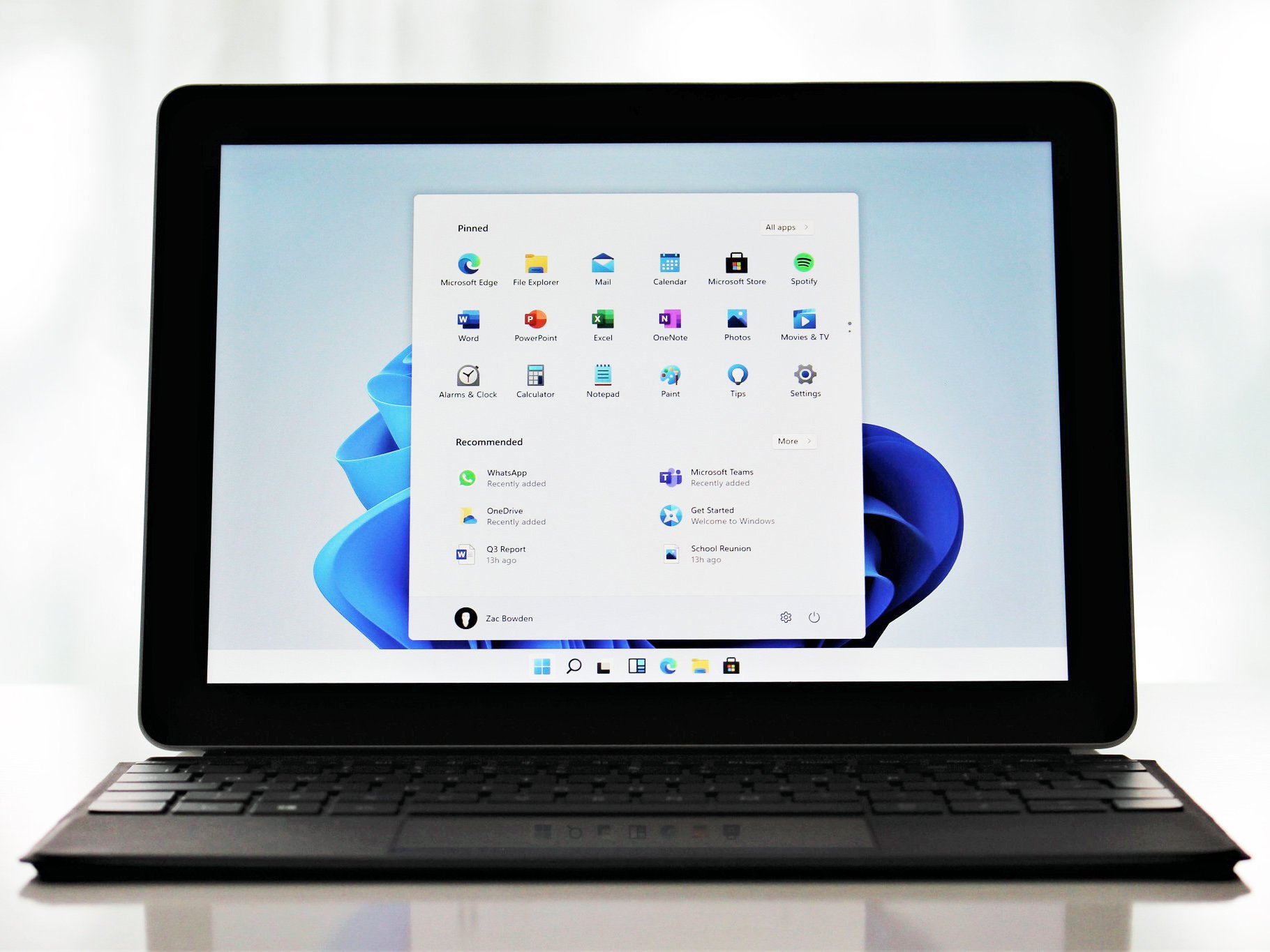
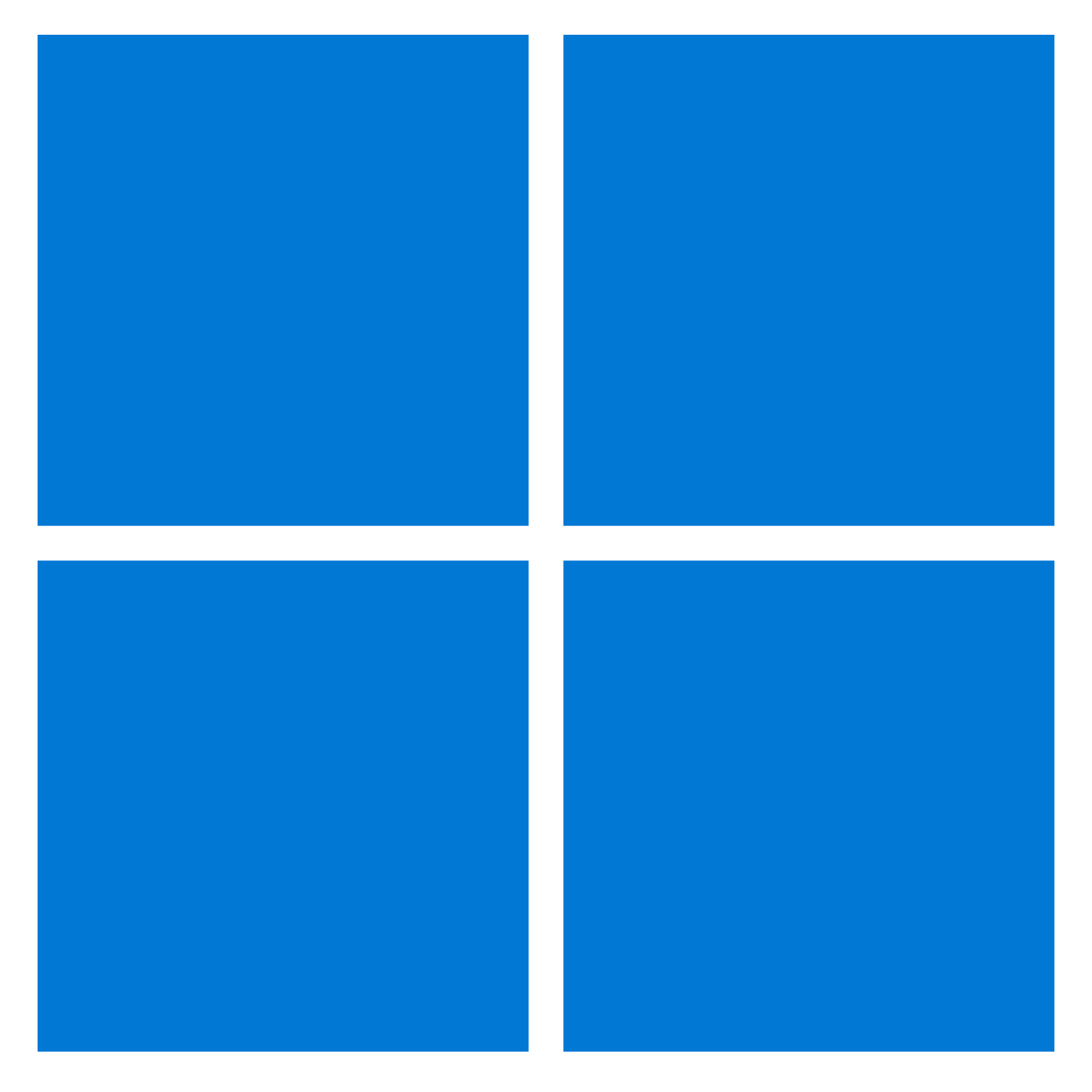
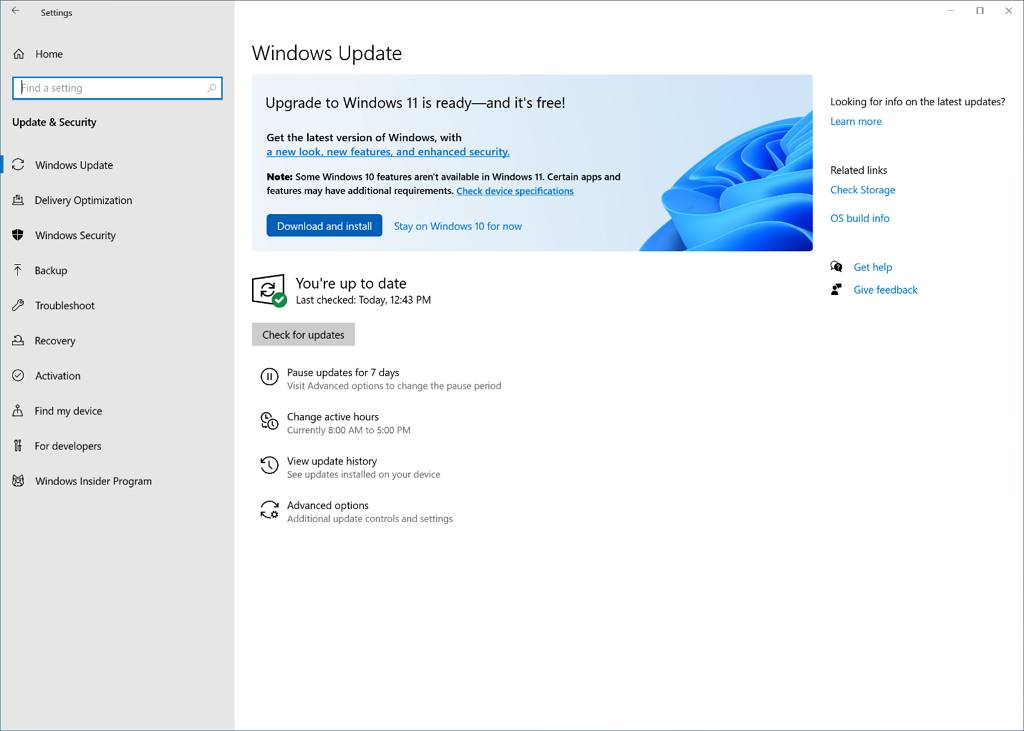
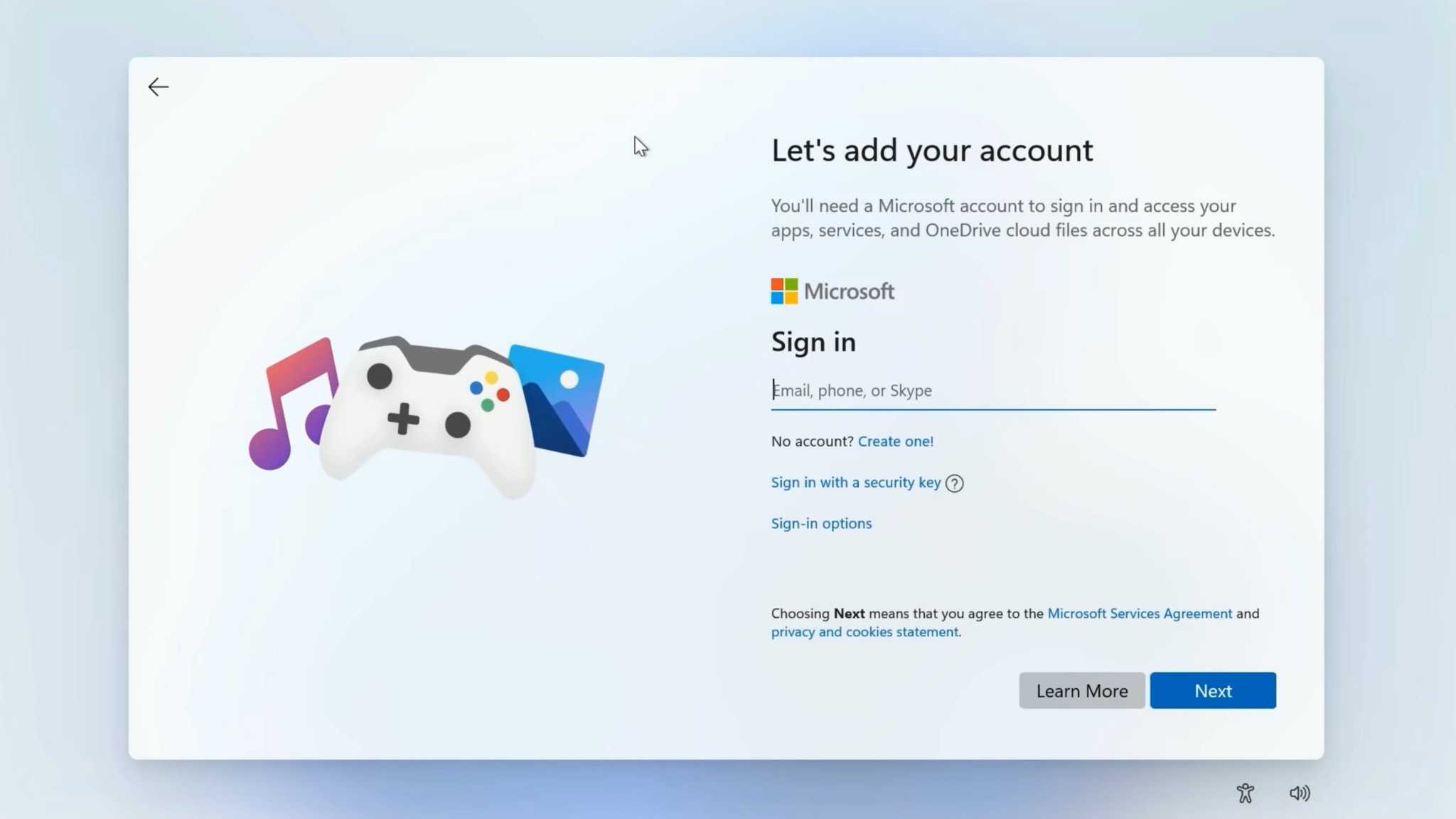


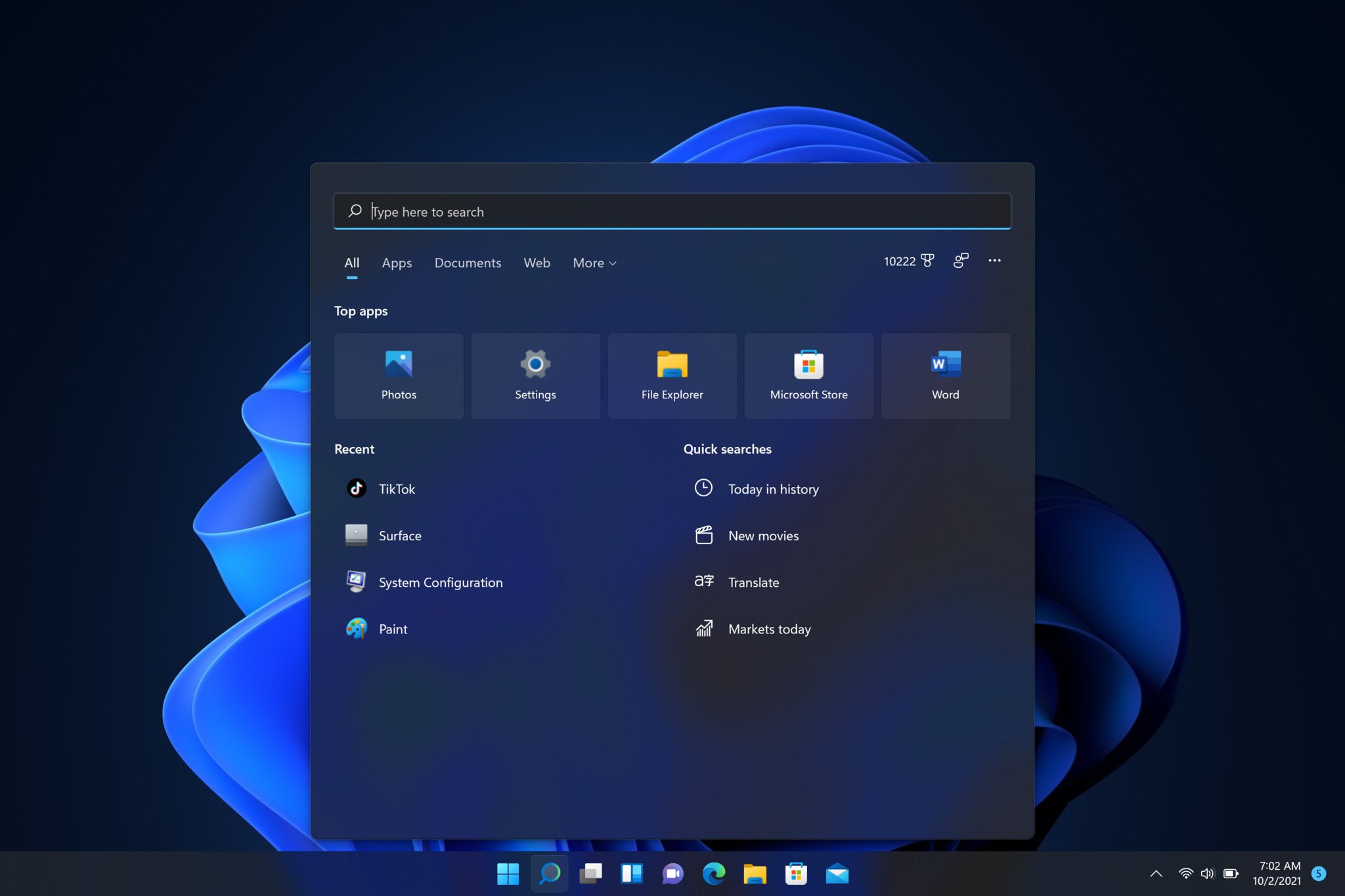
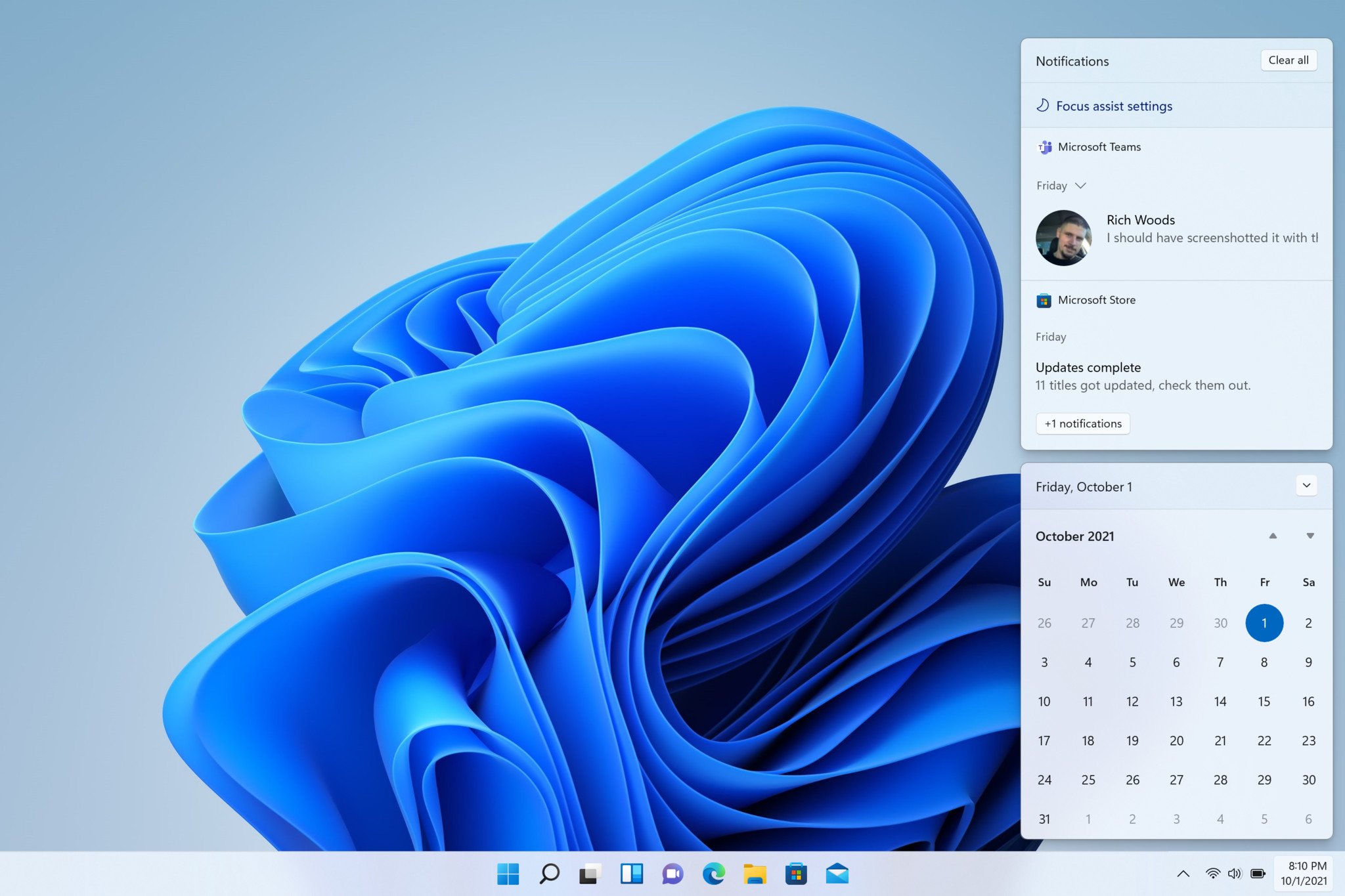
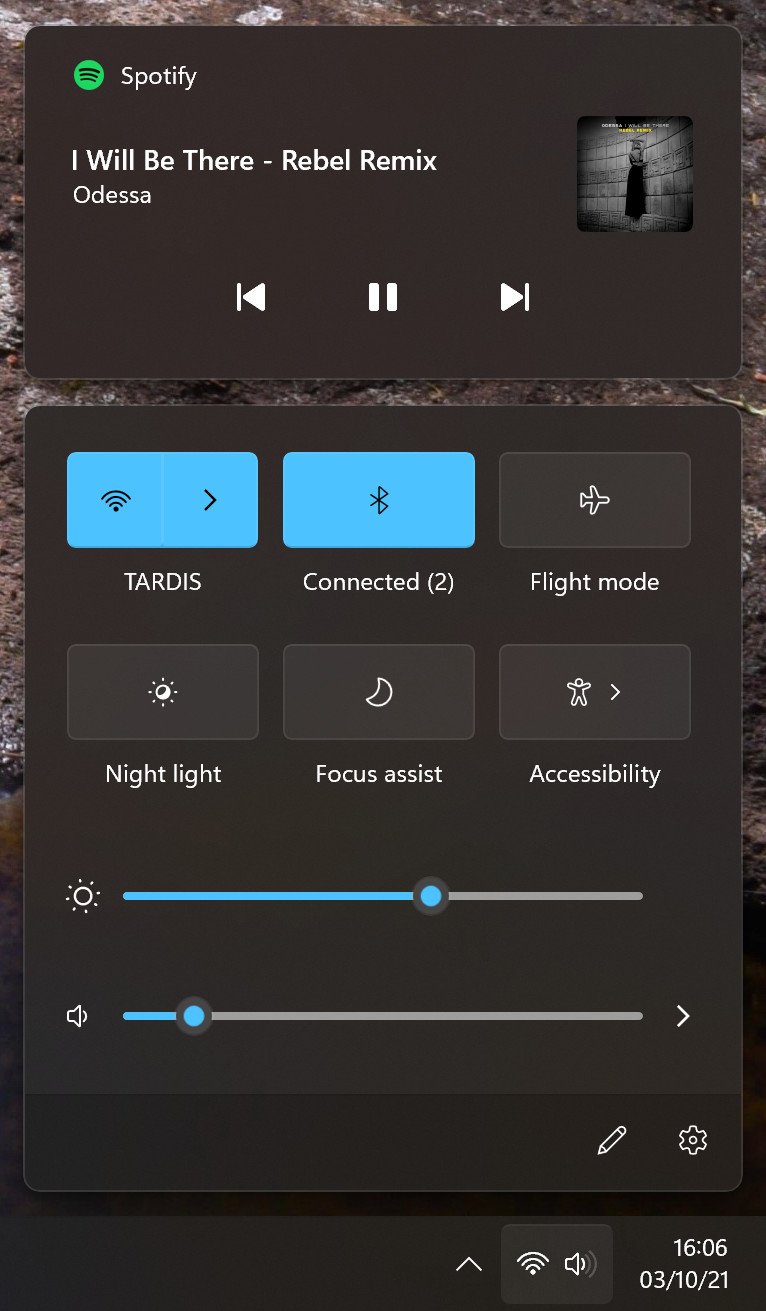

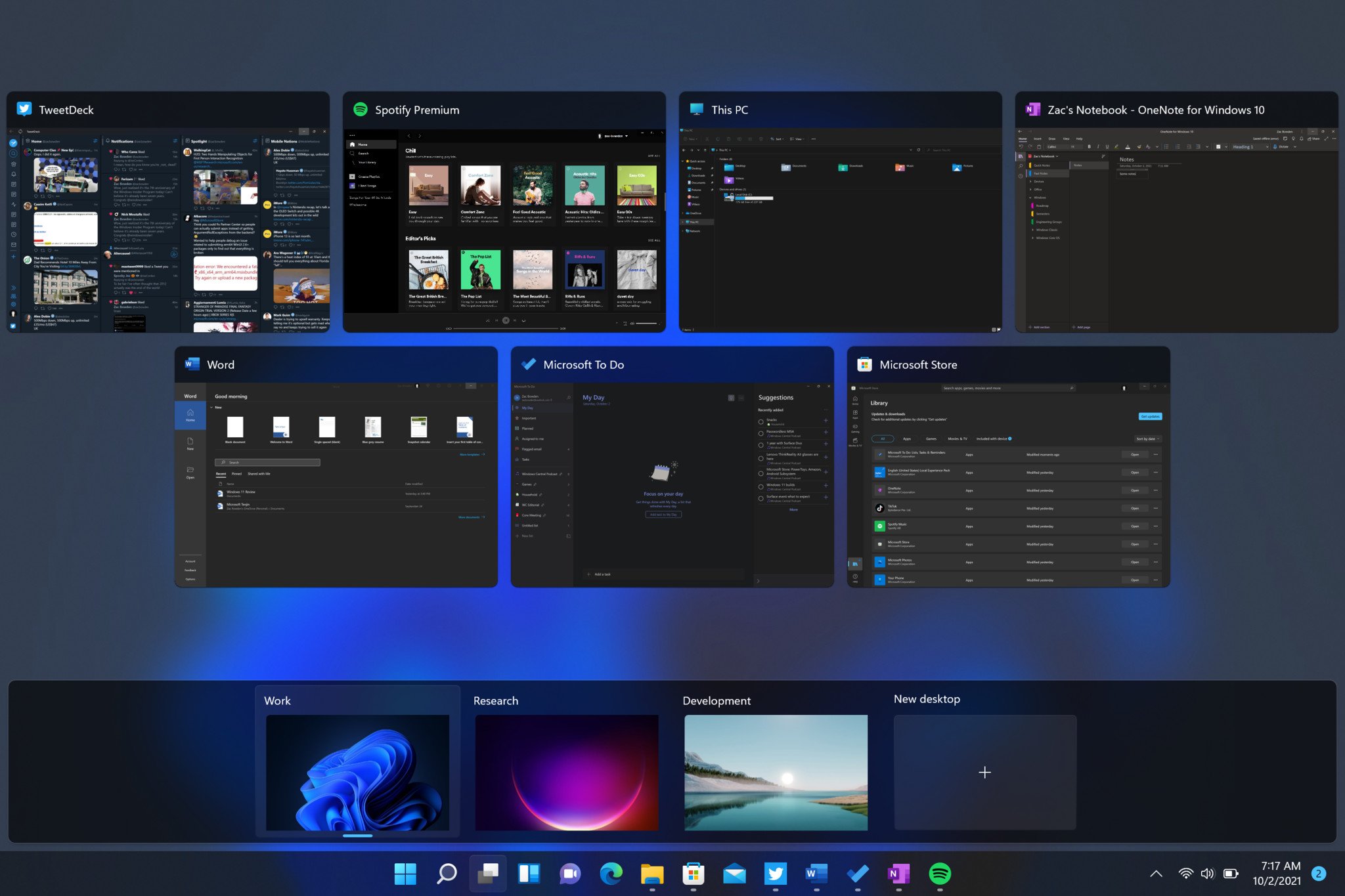
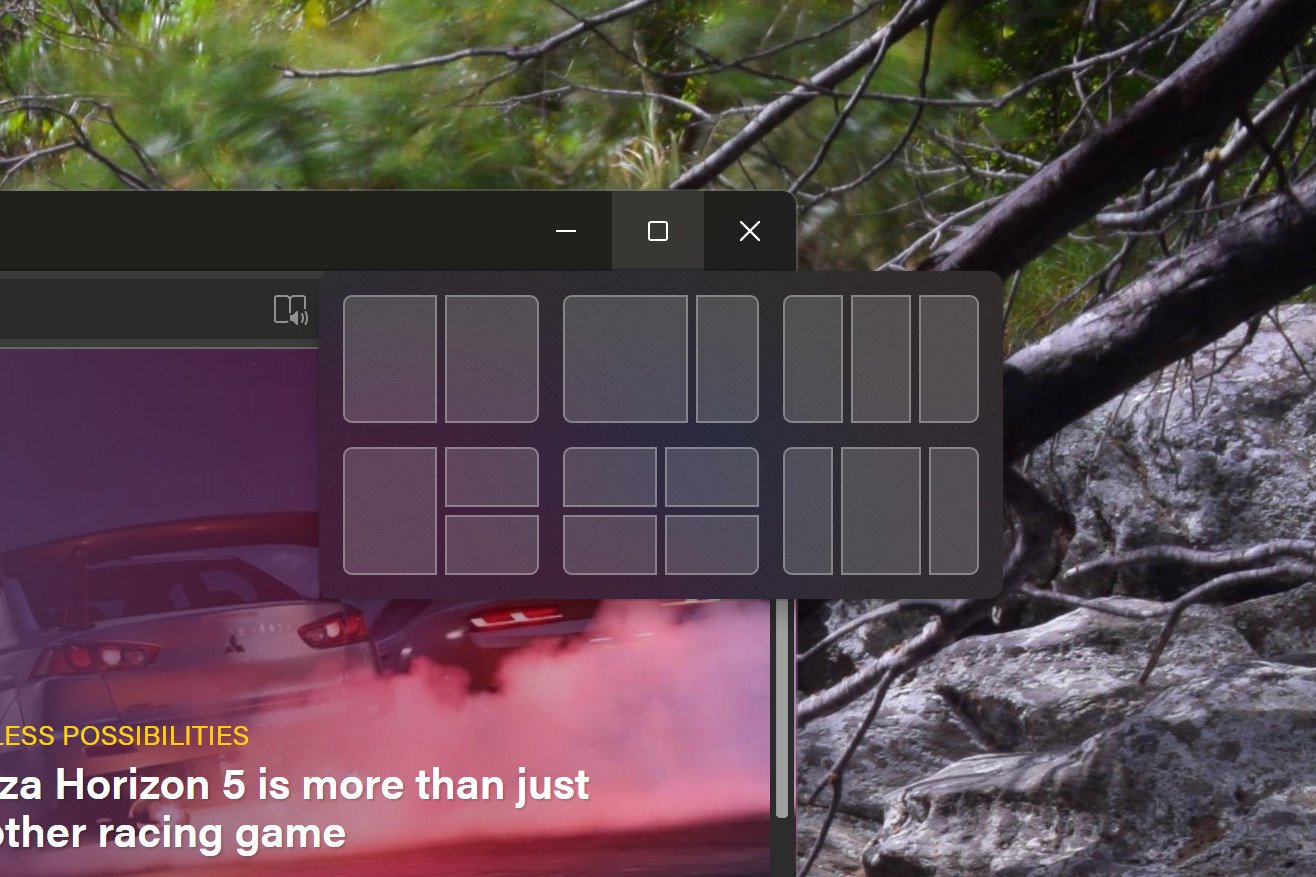
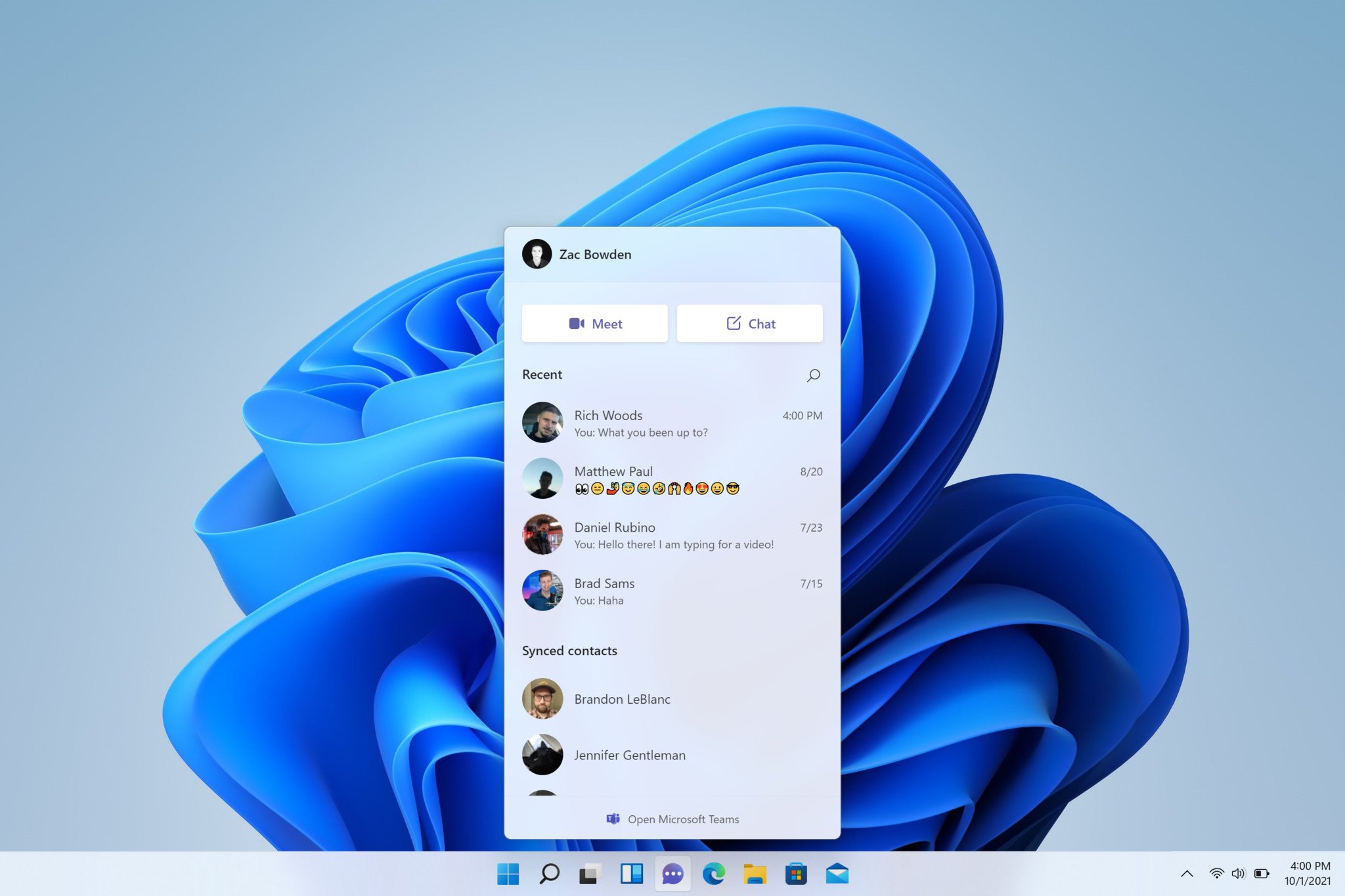
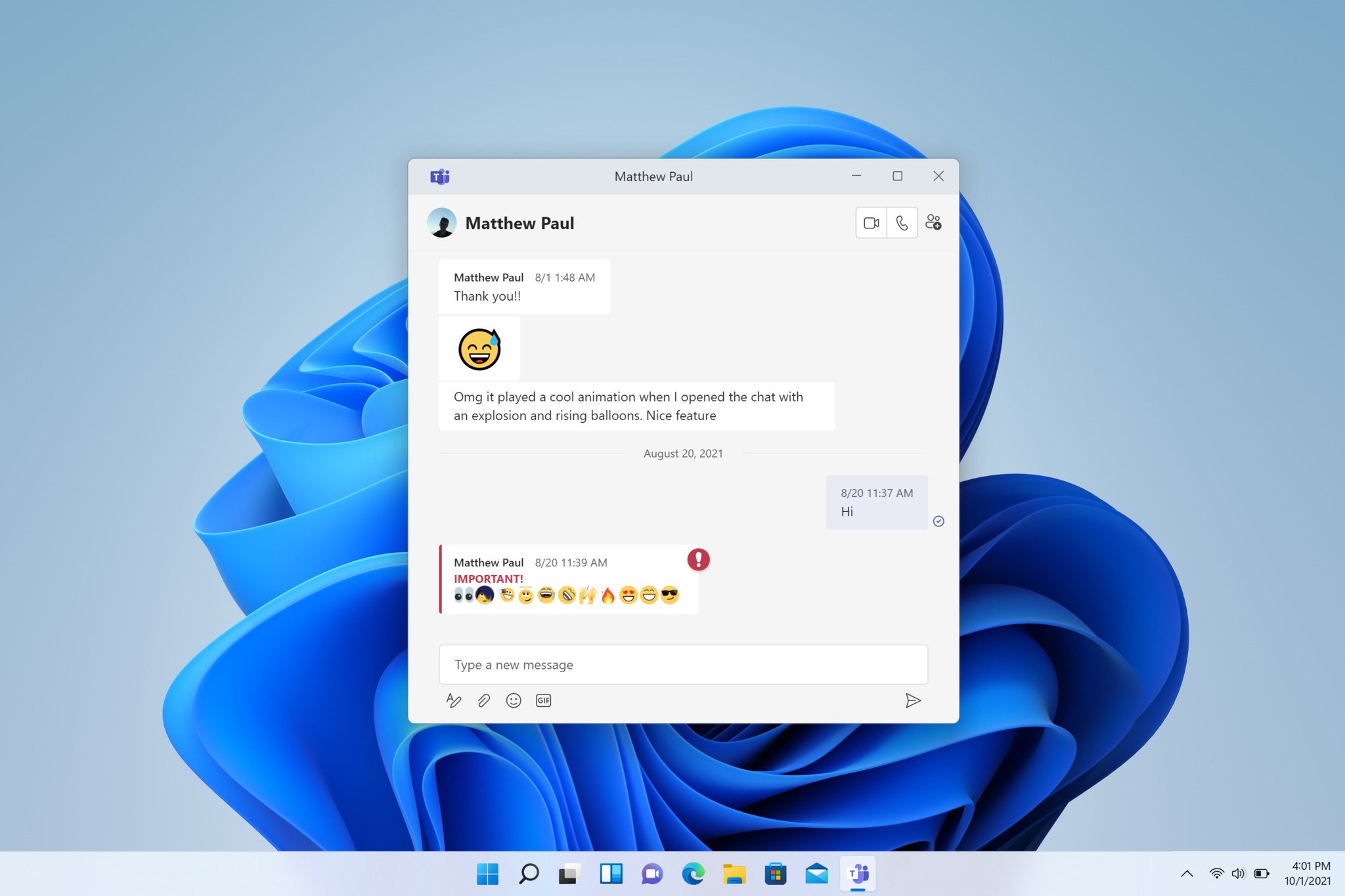
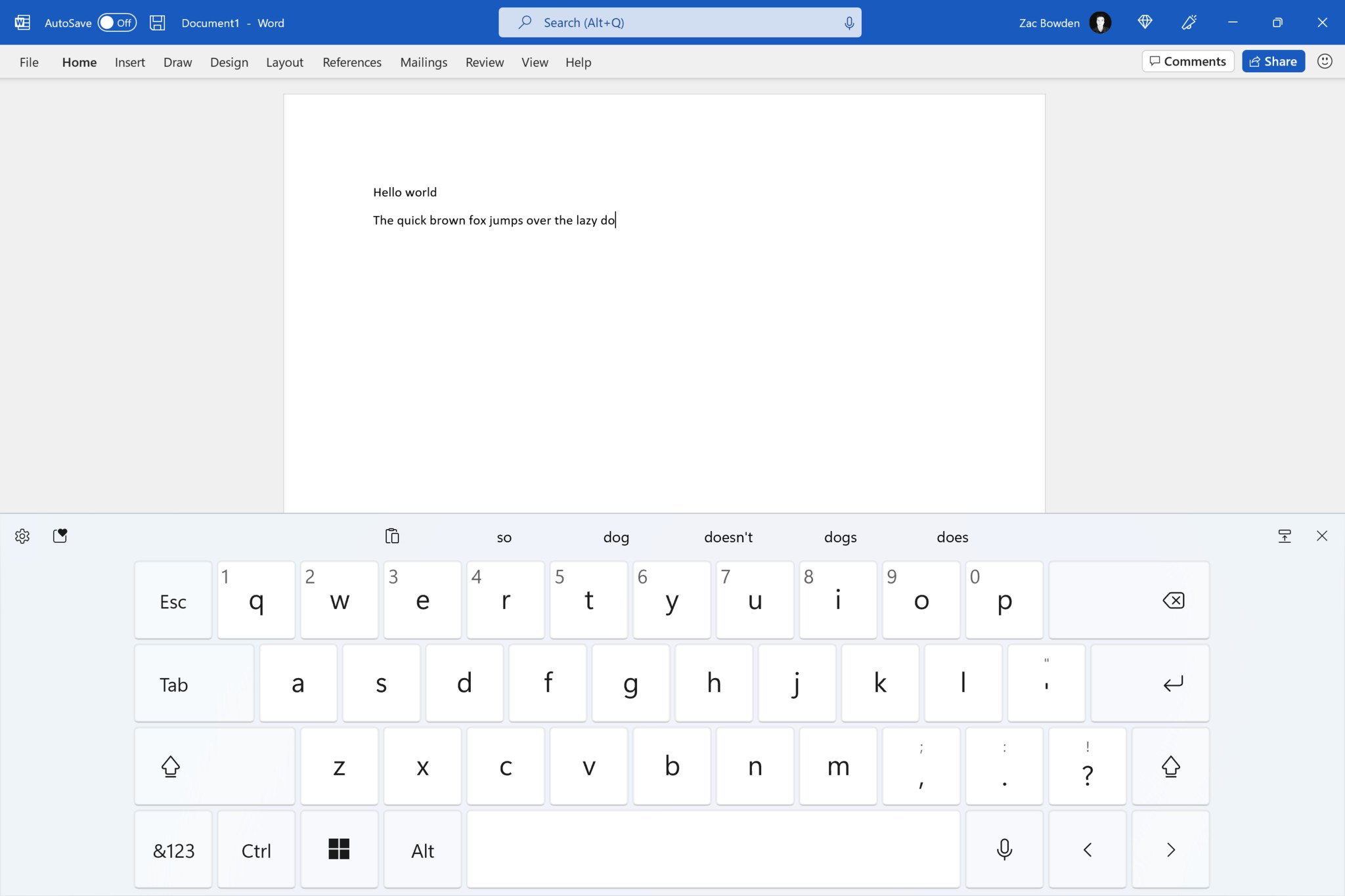
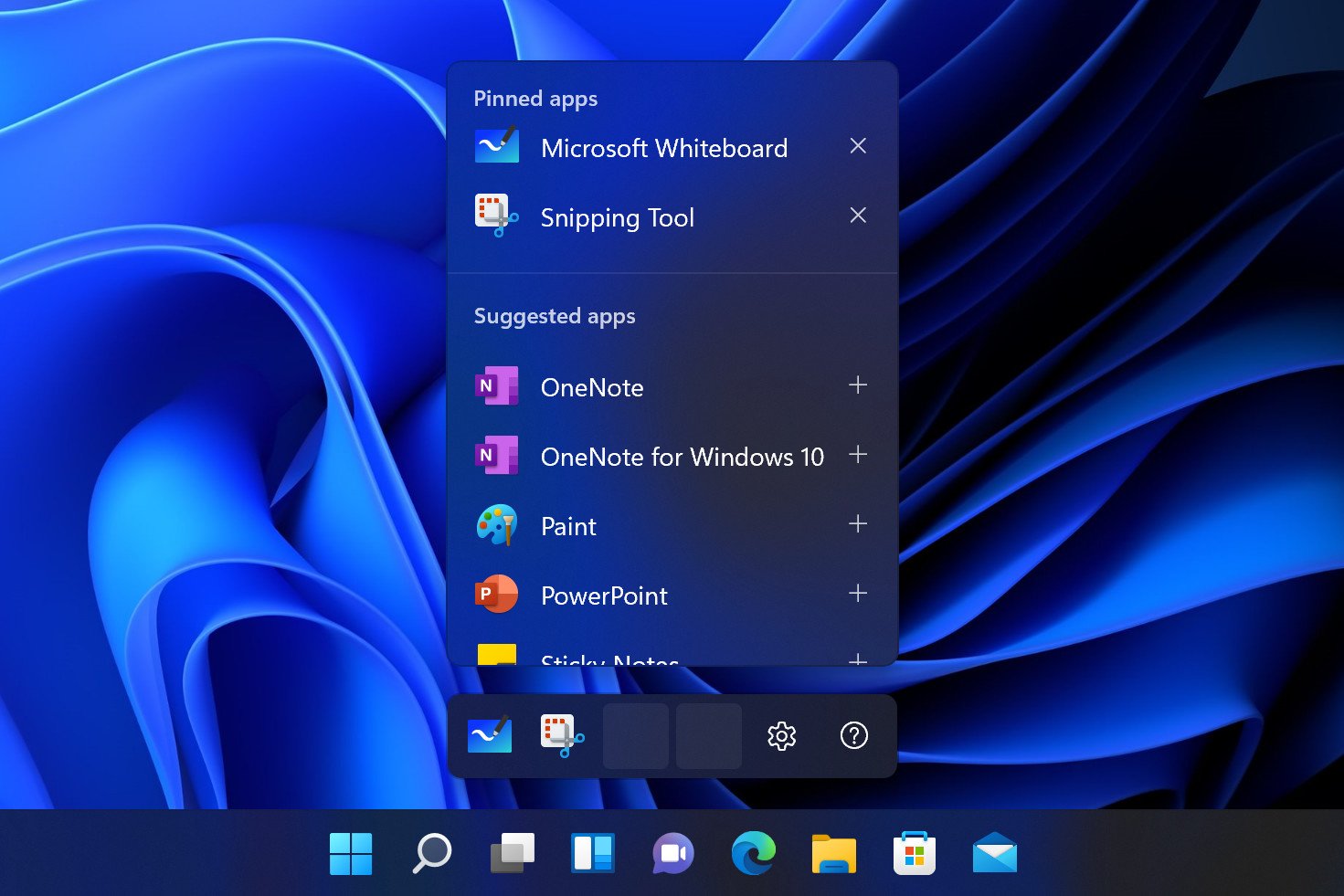
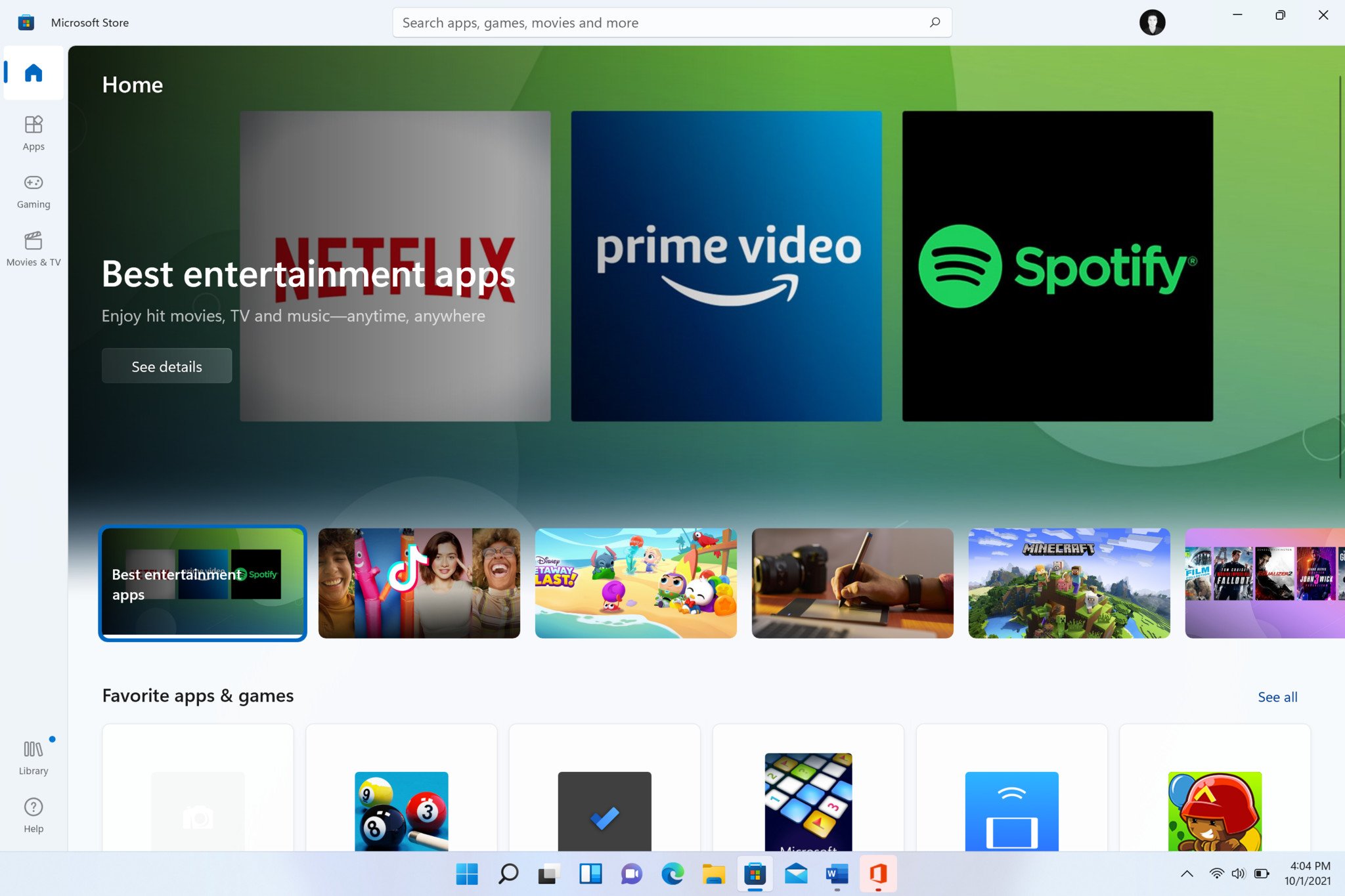
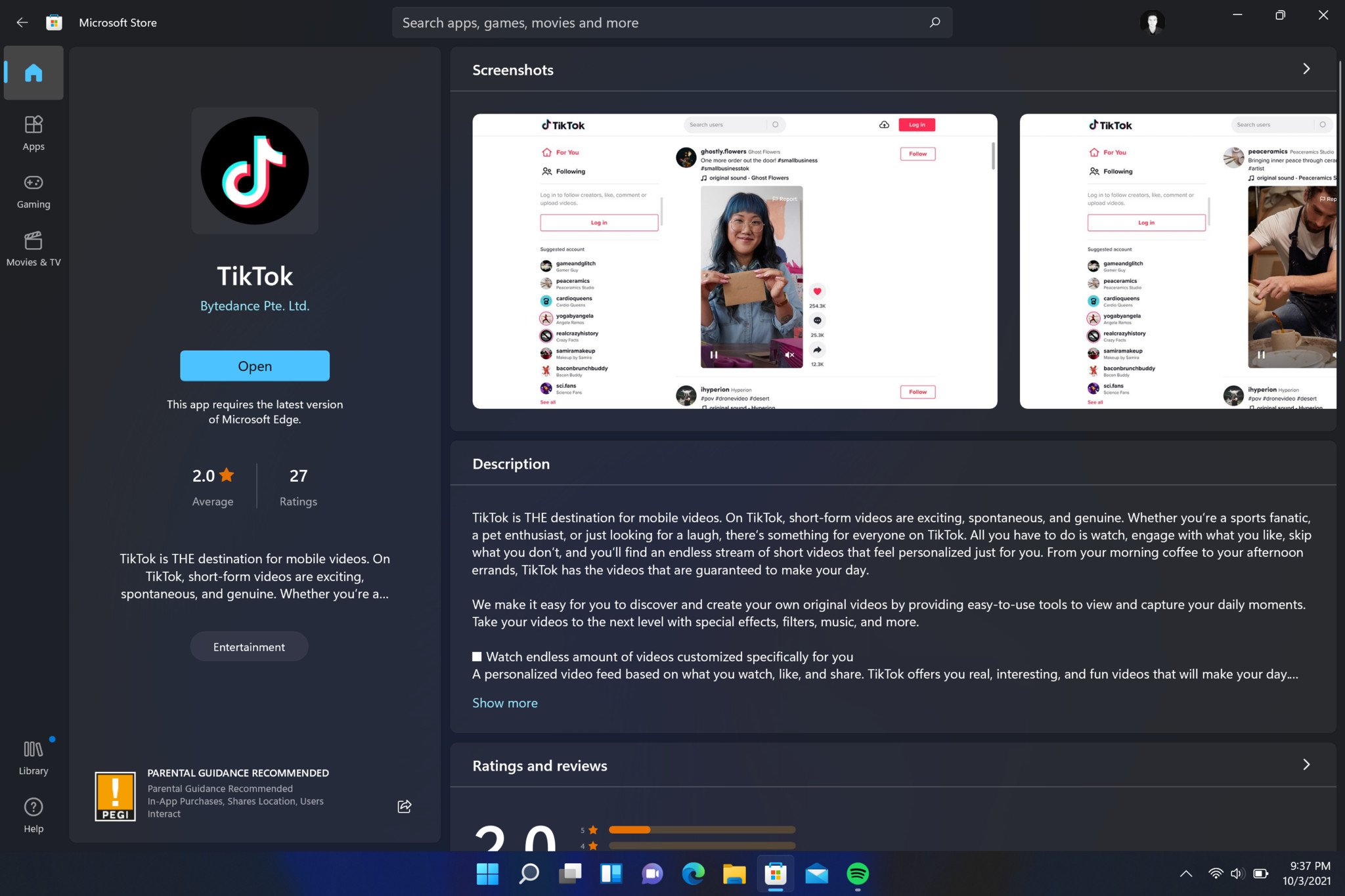
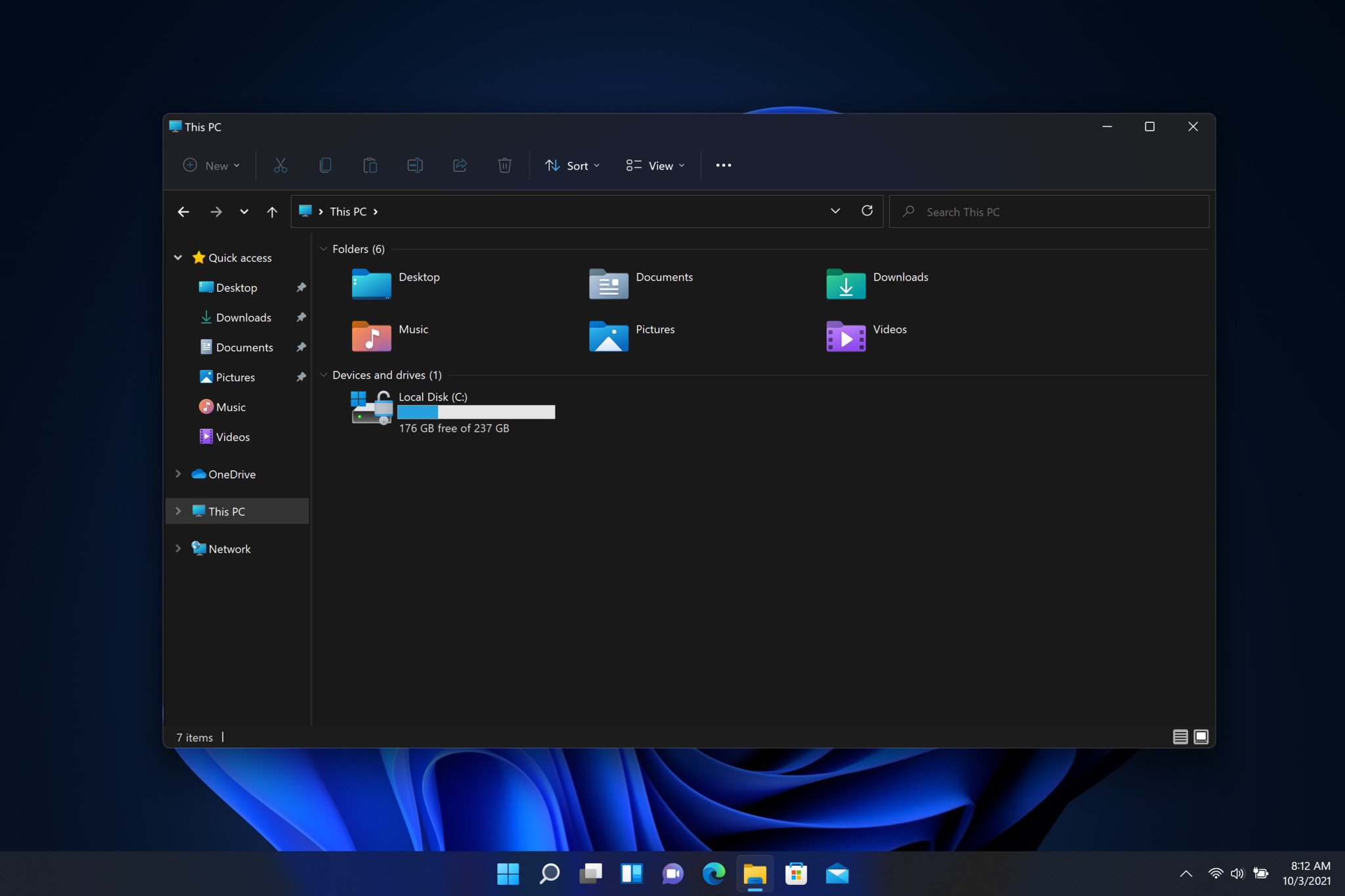
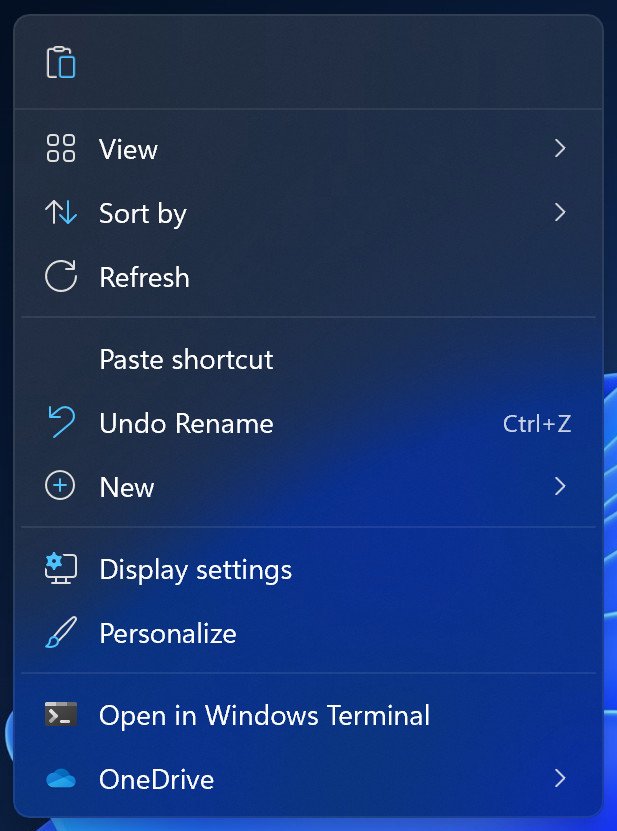
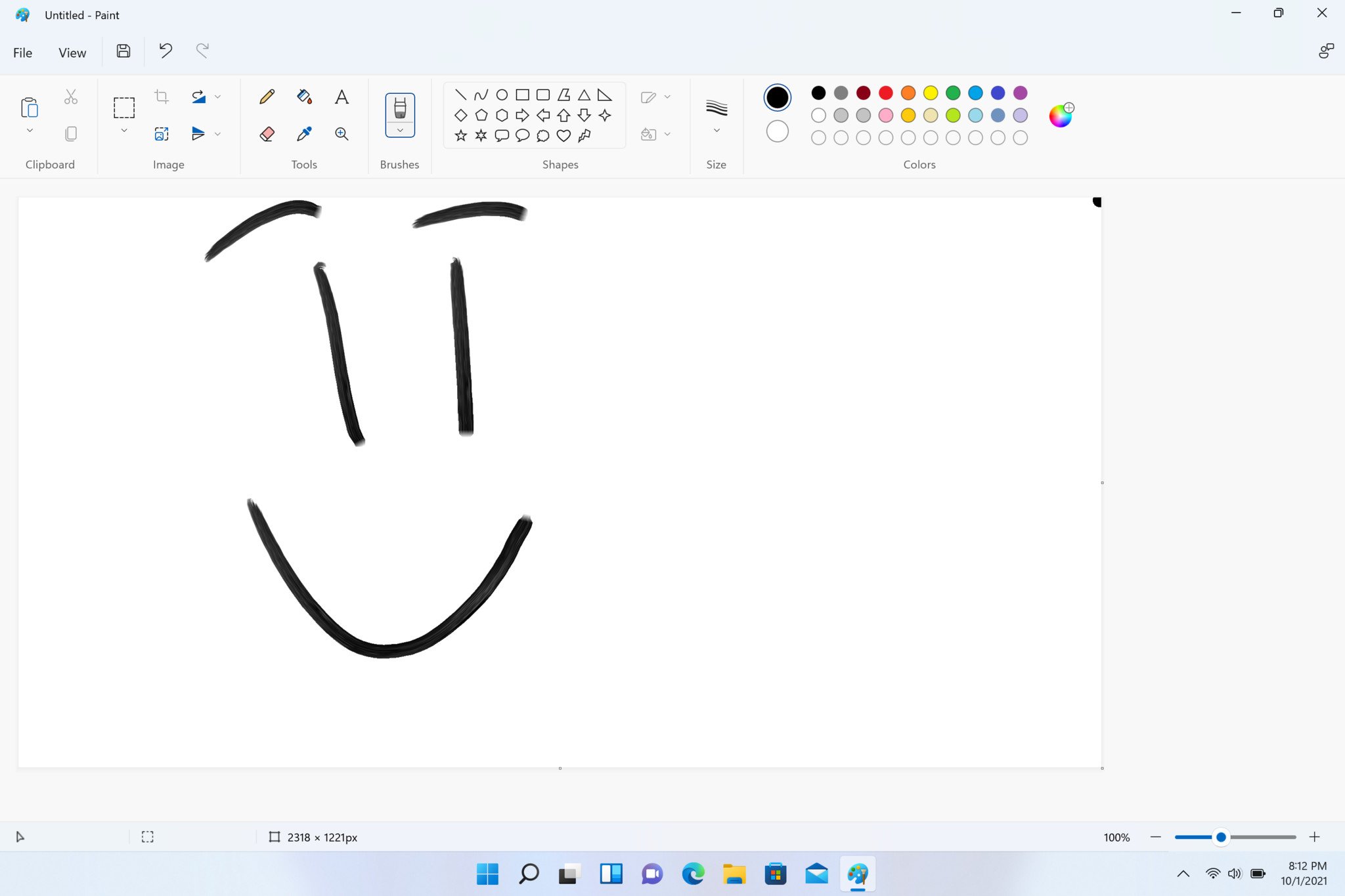
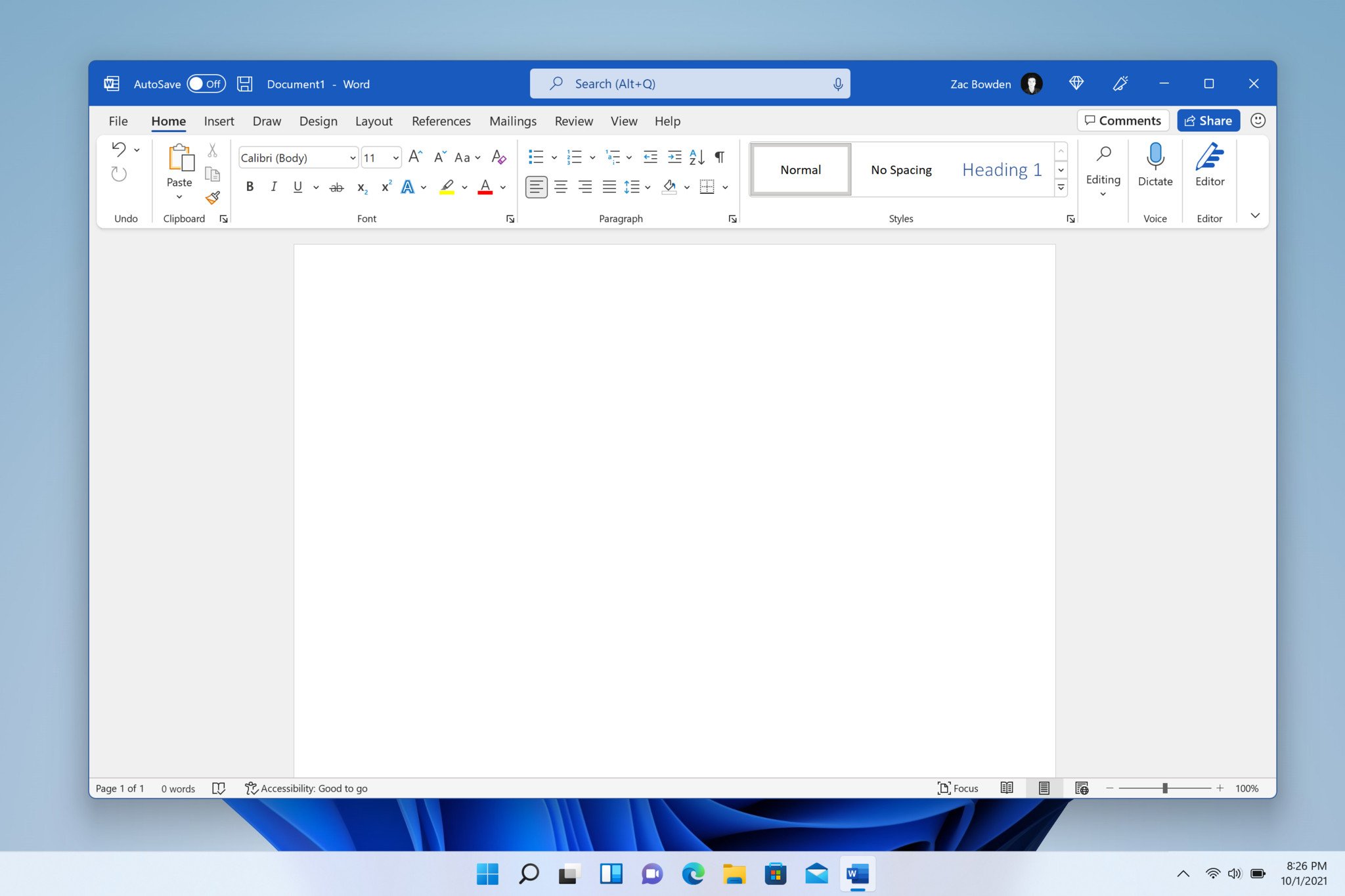
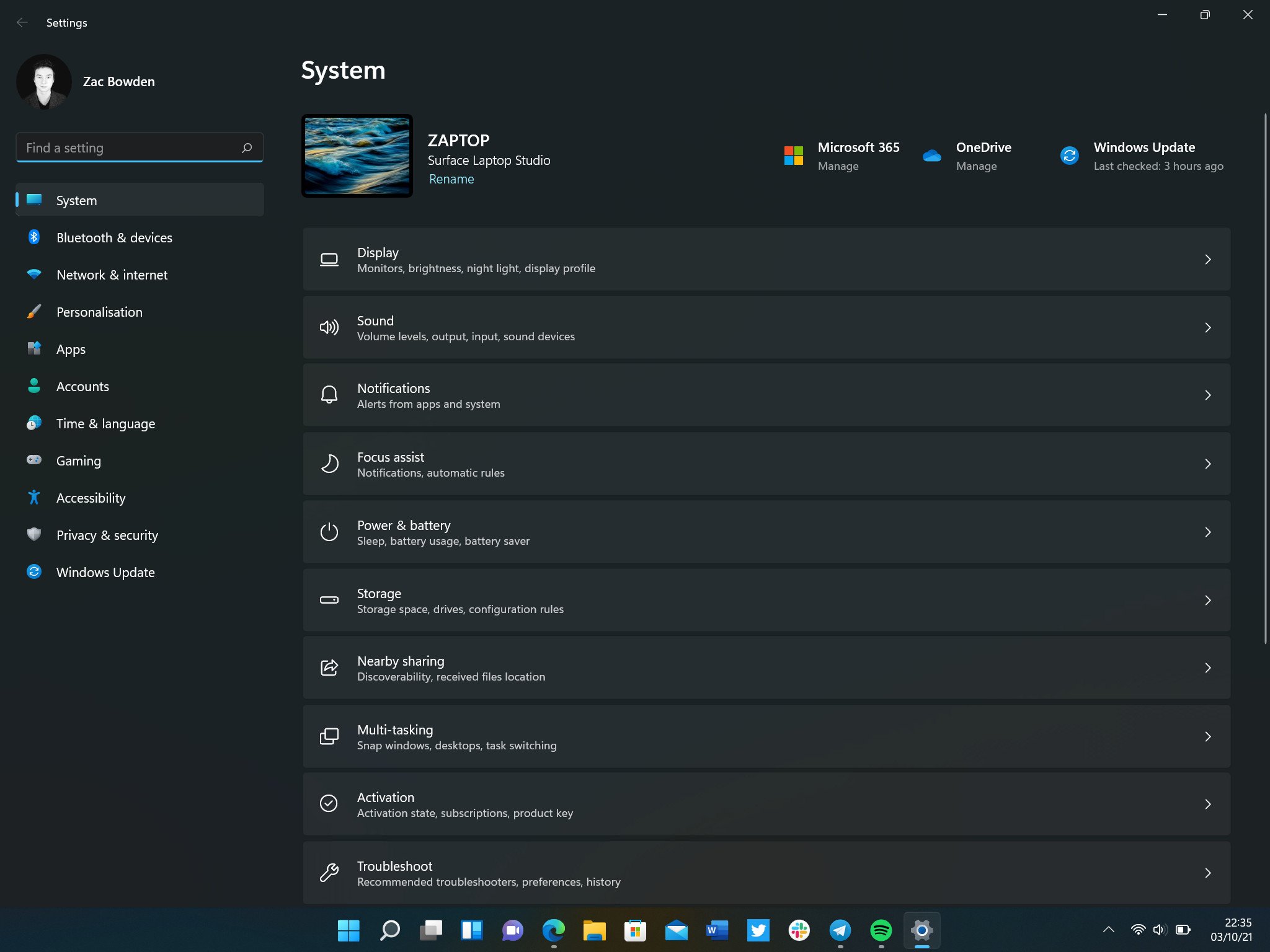

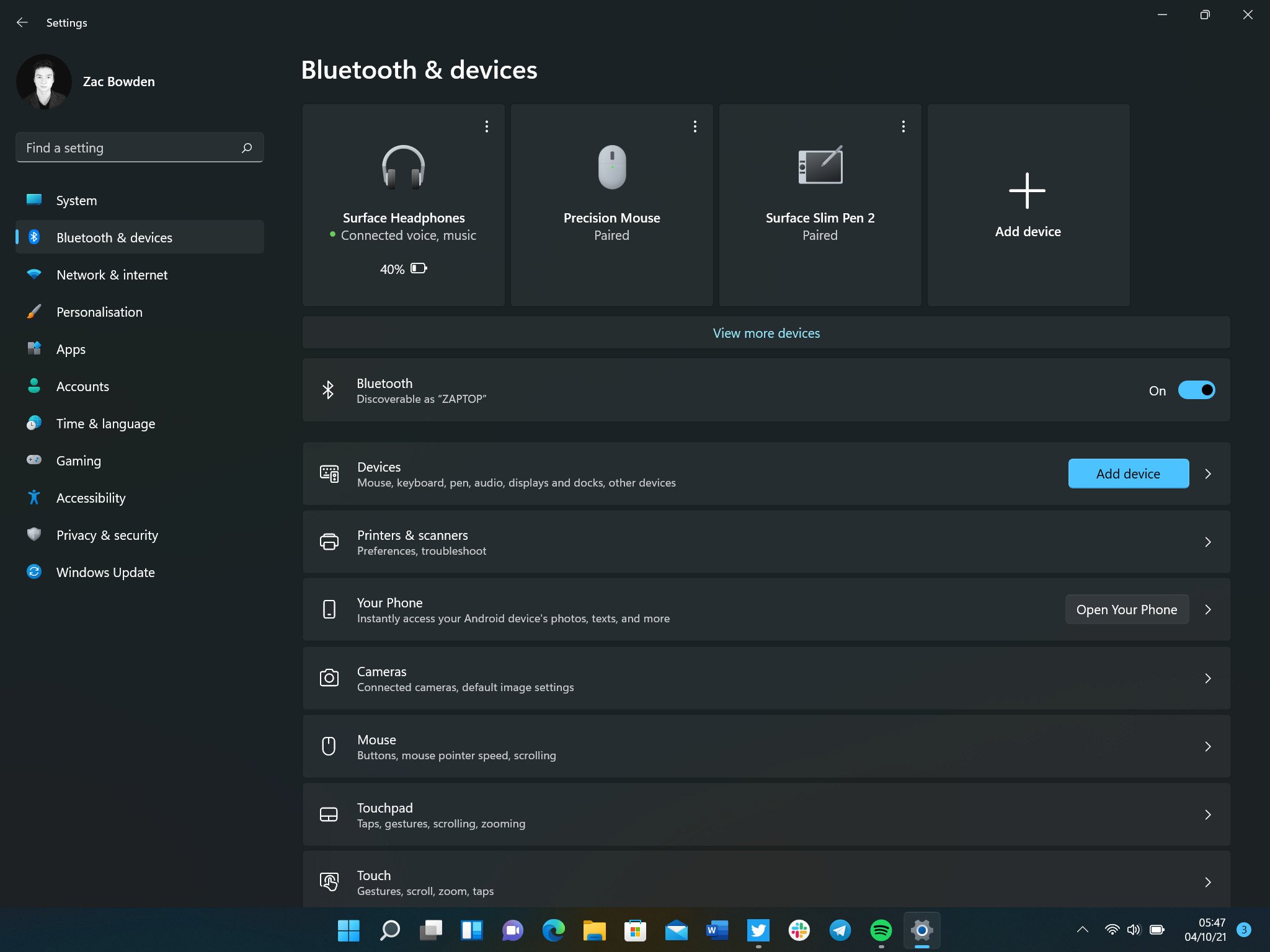
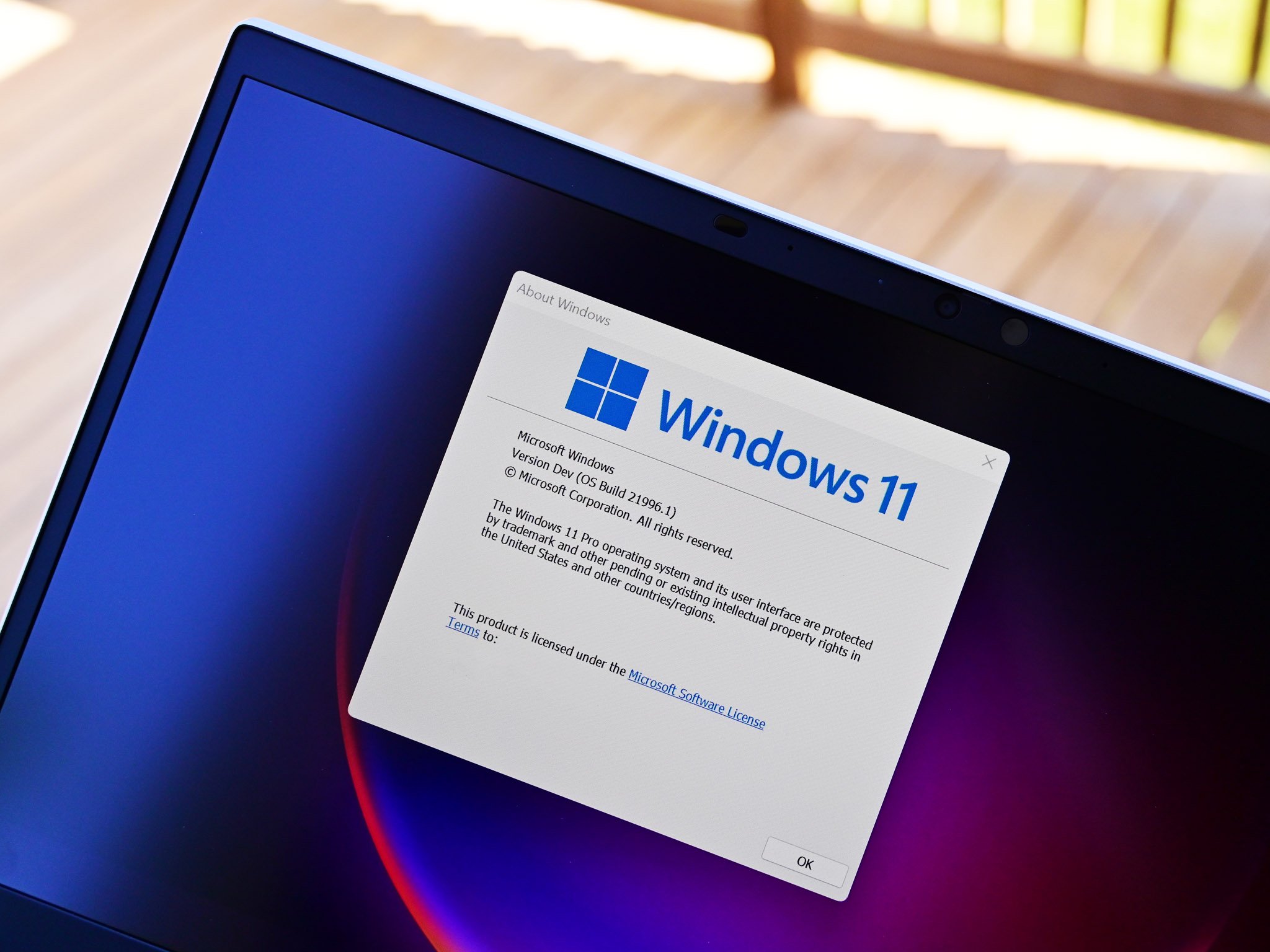
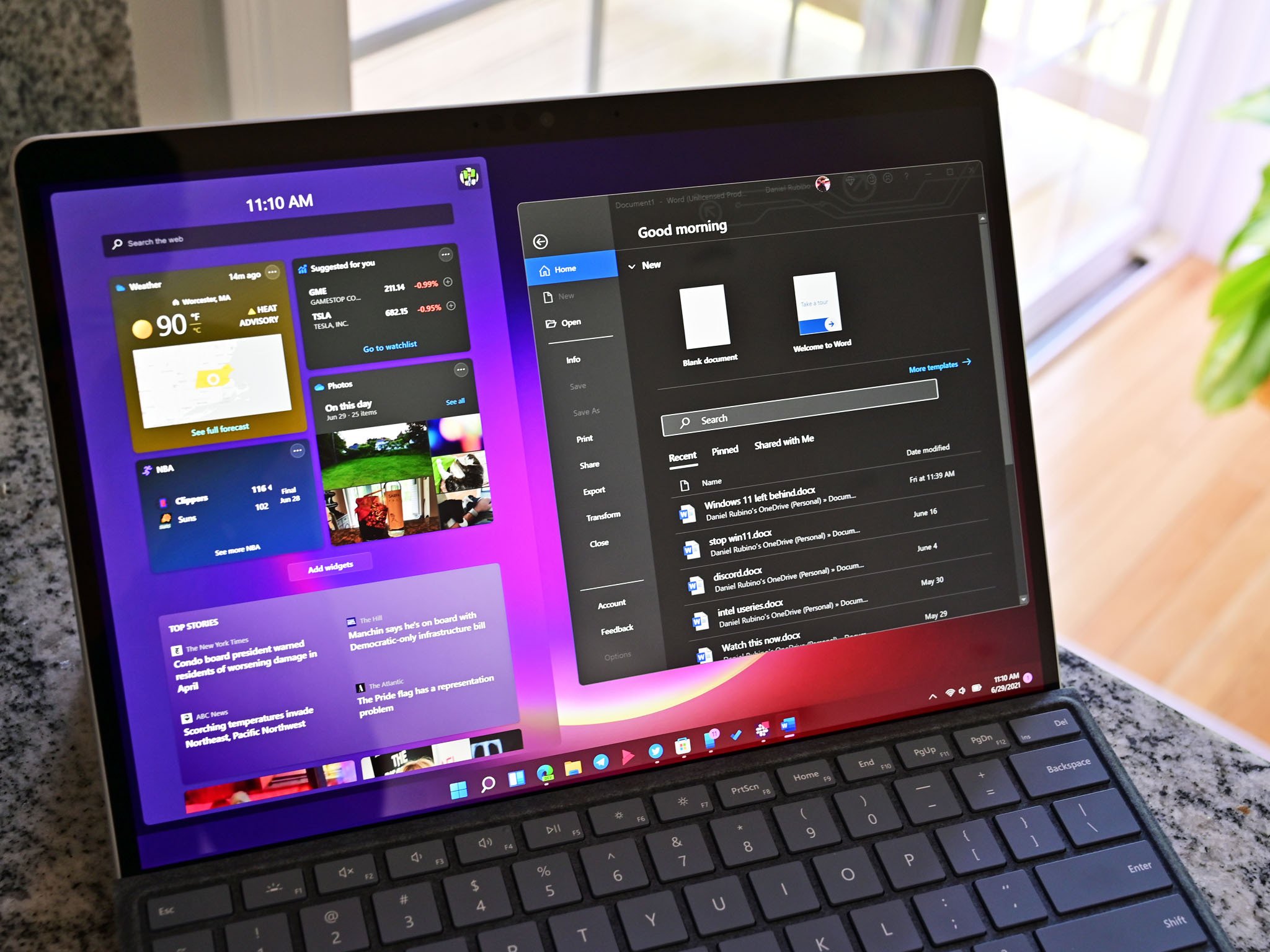




0 comments:
Post a Comment